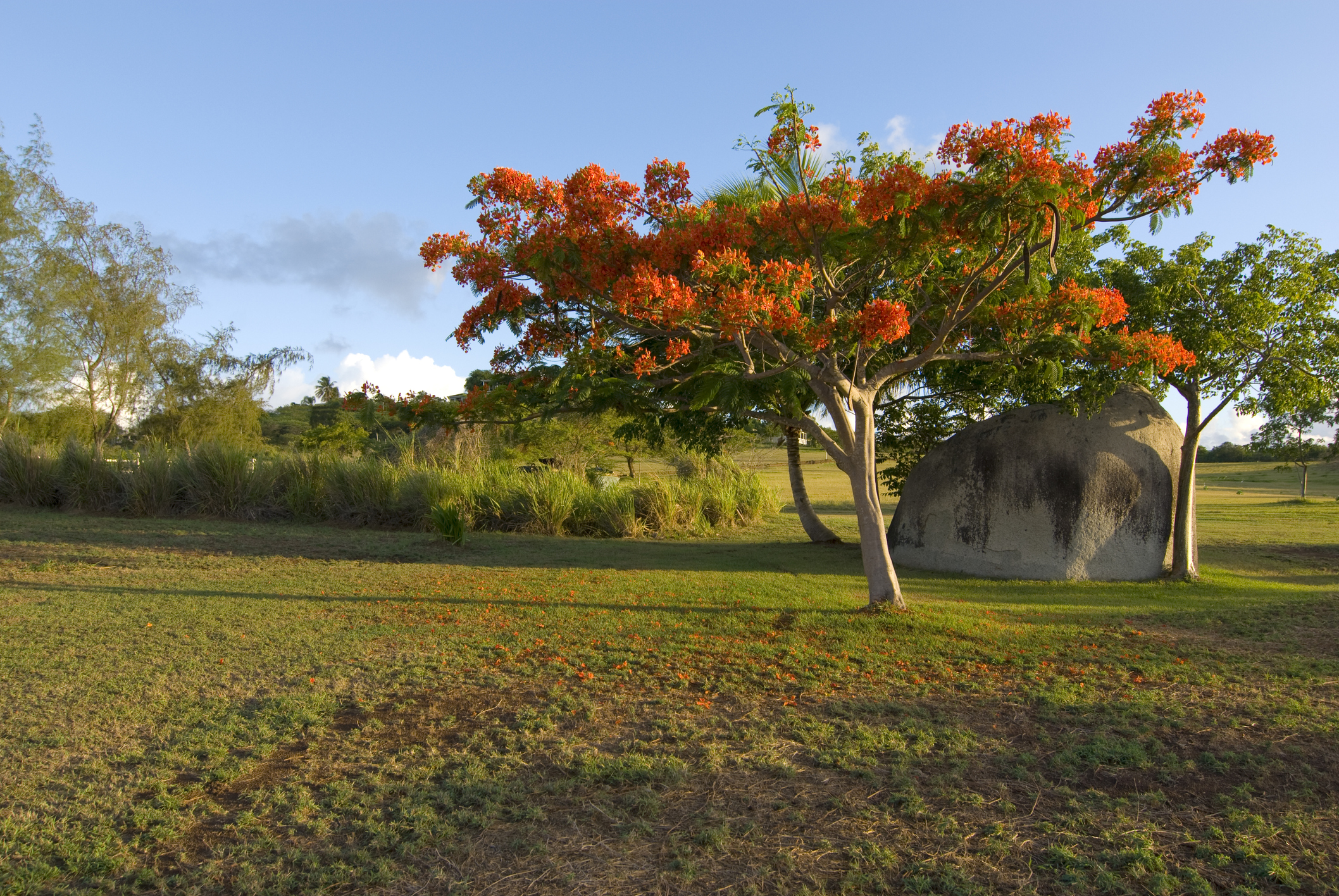Way out west near the city of Aguadilla (and a two-hour drive from San Juan), the good-size town of Moca (pop. 38,000), founded in 1772, enjoys a unique status in Puerto Rico: it´s the island´s capital of mundillo, intricate cotton bobbin lace brought over from Spain centuries ago, still laboriously woven by hand, and used to adorn all manner of textile items, from handkerchiefs and shirts to tablecloths. (Bobbins are small wooden spindles around which the cotton thread is wound, and the word mundillo itself, meaning “little world”, refers to the special cylindrical pillow on which the lace is woven.)
Not so long ago in danger of disappearing due to increasing industrial lace production, this singular craft was in recent years saved, protected, and even helped to thrive by a number of passionate locals along with the Institute of Puerto Rican Culture. And these days visitors can come out to Moca to browse scores of lace products in its markets; witness them being woven in various studios; and delve into its history and traditions at a modest little museum, the Museo del Mundillo.
Furthermore, if you can get out here in November, Moca celebrates the Mundillo Festival, which in addition to a plethora of lace displays, fashion shows, and weaving demonstrations also includes plenty of live music and traditional Puerto Rican fare.
Moca´s Other Allures
At all times of year, other local landmarks worth a look as long as you´re here include the French-style, 130-year-old Palacete de los Moreau (aka Castillo Labadie), the elegant manse of a onetime coffee and then sugarcane plantation which is open to the public as a museum and the Hacienda Museo Enriqueta, a sugar mill dating back to the 1830s and also a museum. Also check out the historic, recently restored local church, Nuestra Señora de la Monserrate.

On the nature side of things, you´ll notice a number of imposing trees throughout the town. Called moca trees, they´re a symbol of the town (indeed, the town is named afer them), imported during the colonial period from southern Mexico and Central America; the Latin name is Andira inermis, and in English it´s known as the cabbage bark.
Just outside town, La Moca Park is a nice tranquil spread to stroll amid local nature, and some 20 minutes away you´ll find several of Puerto Rico´s appealing west-coast beaches, such as Pico de Piedra in Aguada and hopping Crash Boat Beach near Aguadilla (great snorkeling and summer surfing)
And of course there are plenty of spots to enjoy traditional Puerto Rican cuisine, as well as small hotels, inns, and guesthouses for overnighting.

